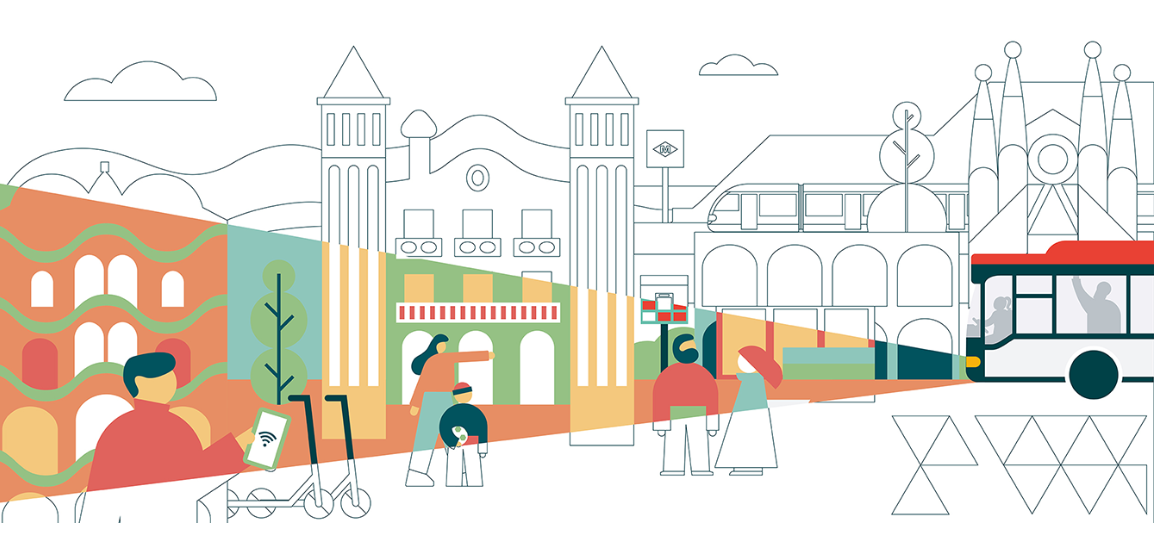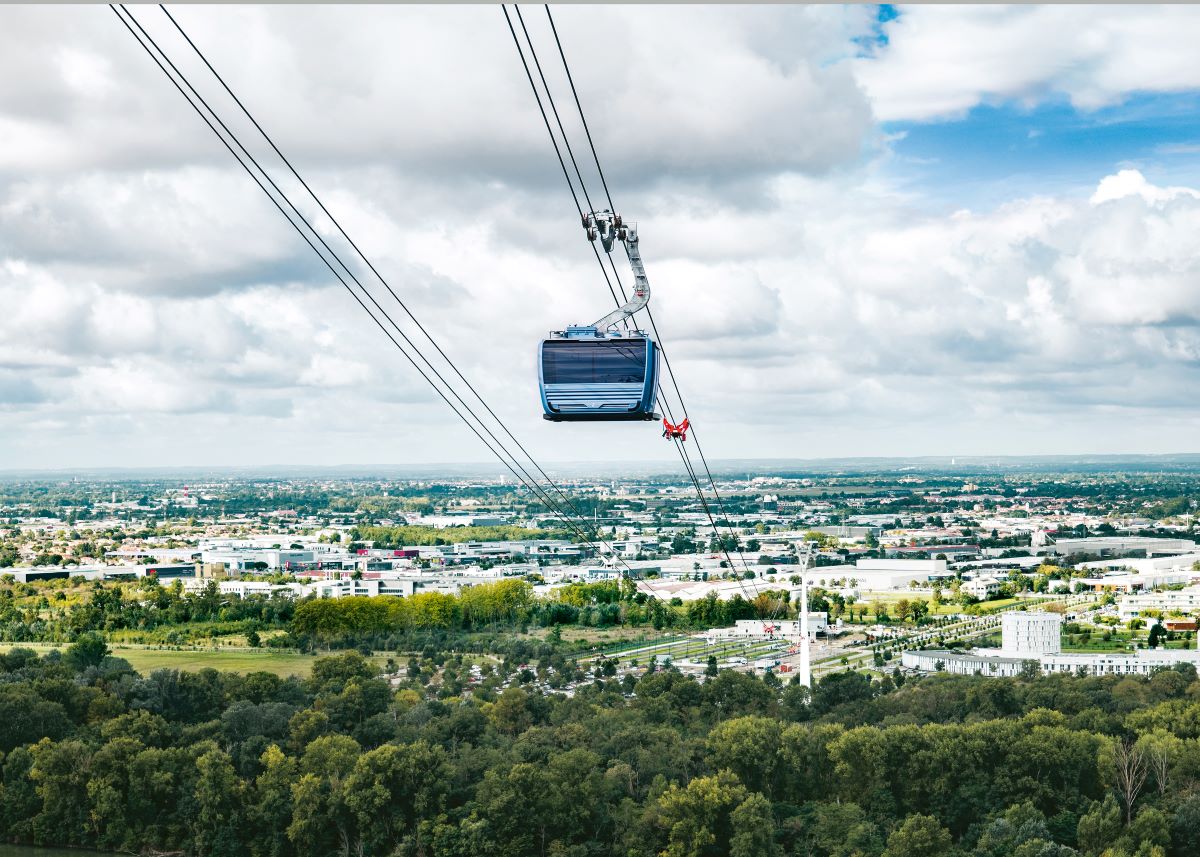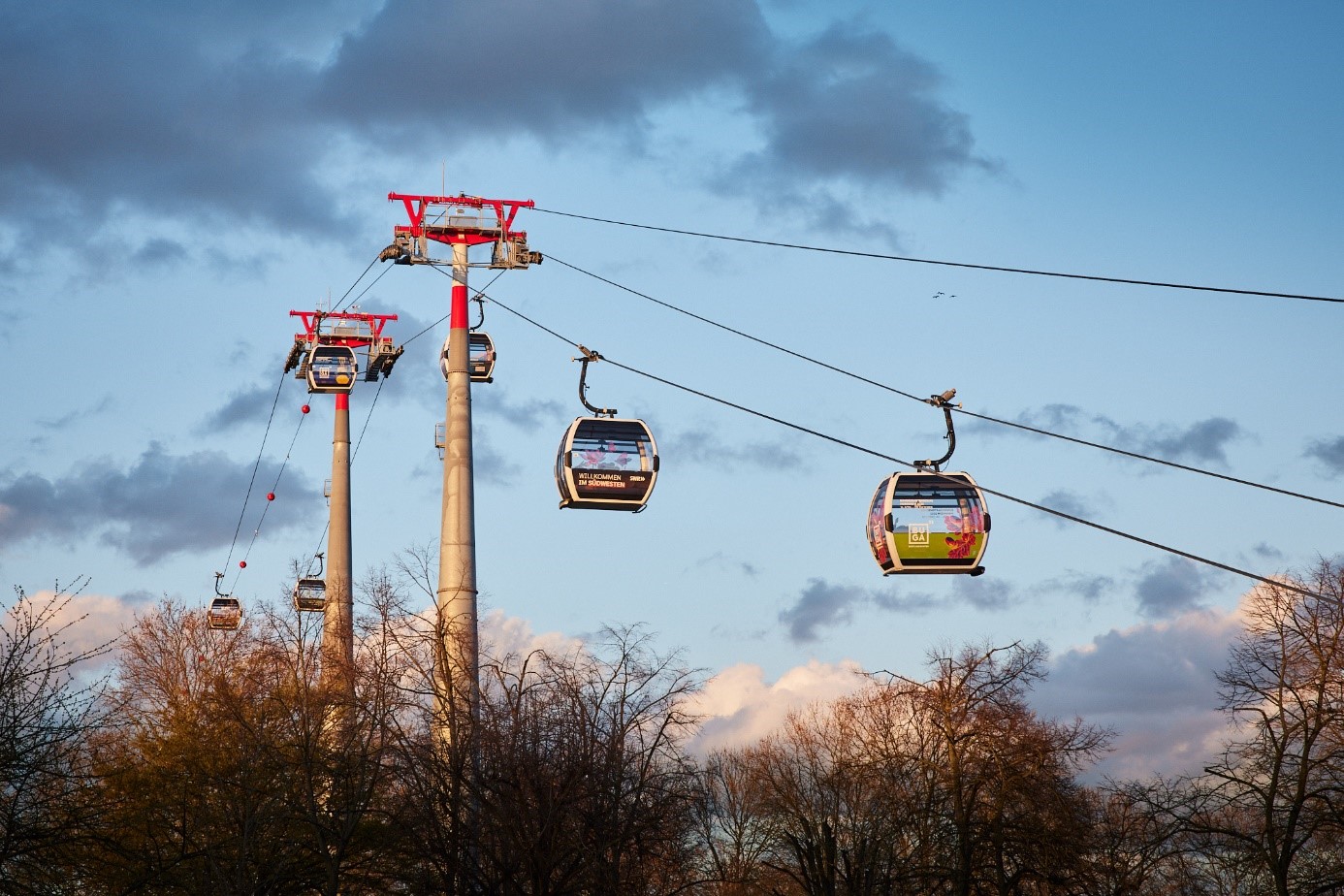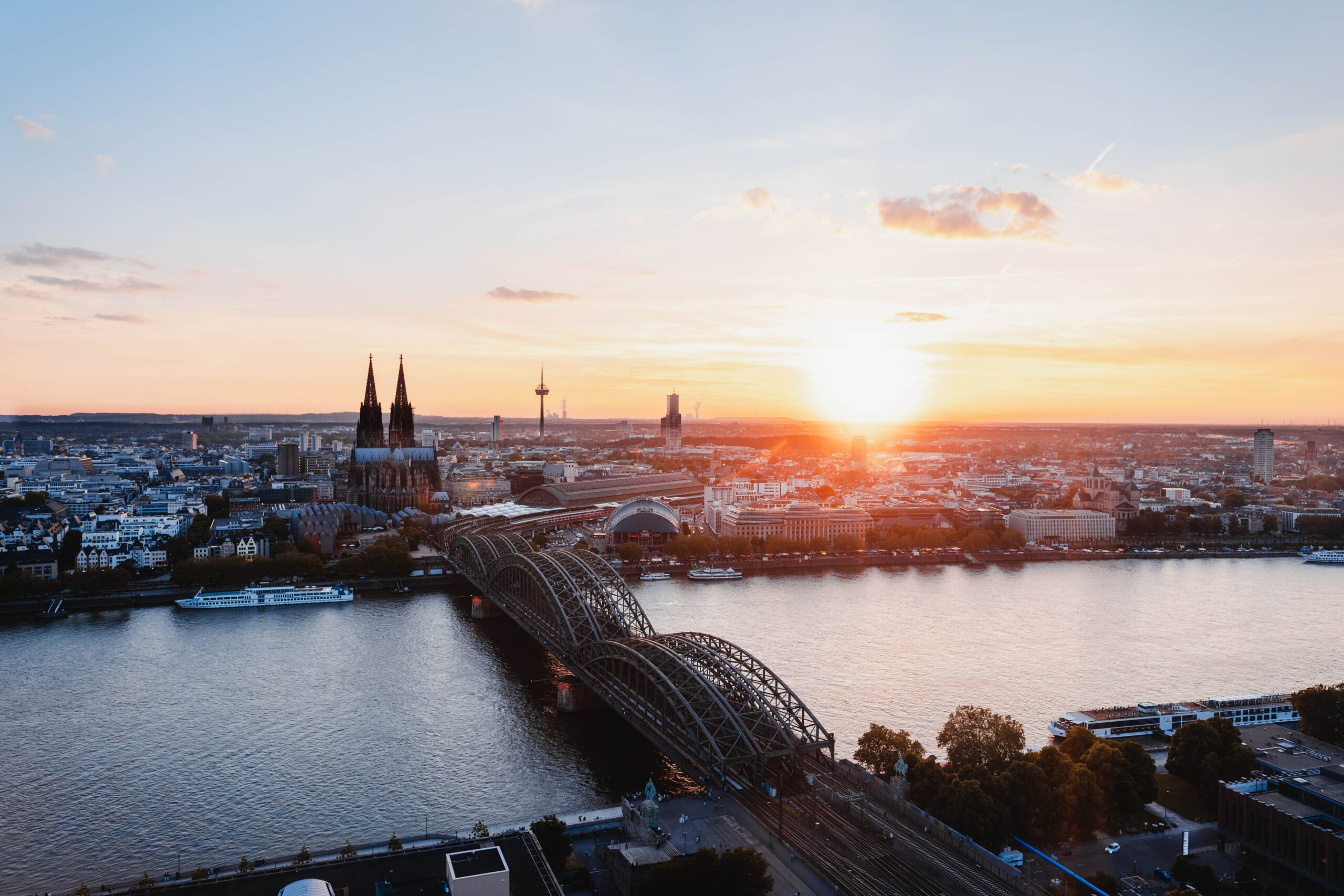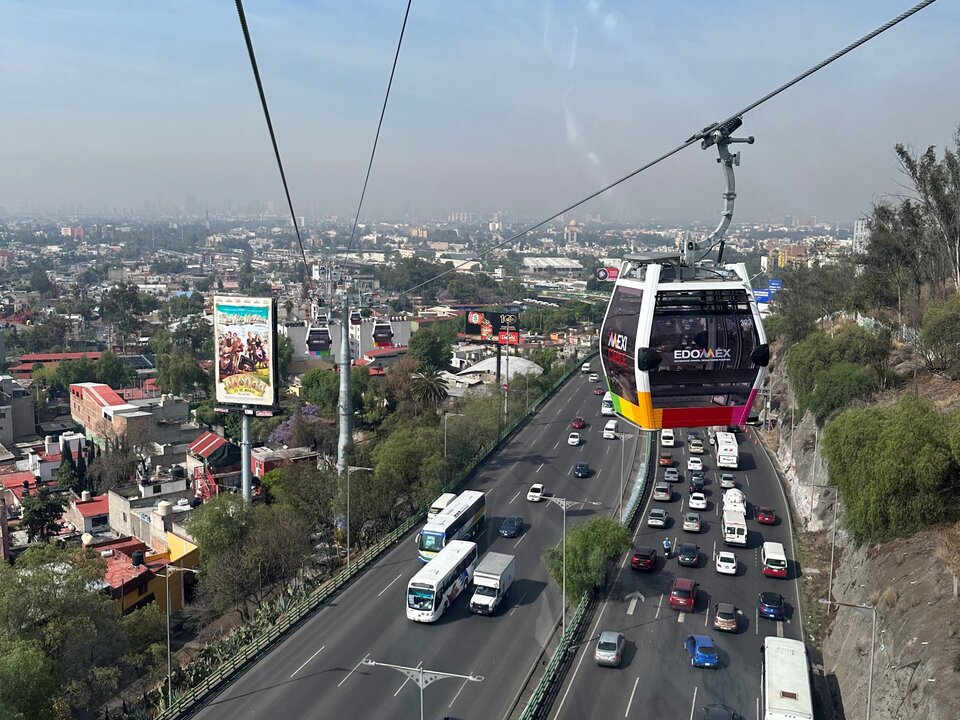The program of the UITP Summit has been announced!
The UITP Global Public Transport Summit brings together thousands of professionals. The congress program covers all modes of public transport and is designed to help address strategic and operational challenges.
India’s minister of road transport and highways Gadkari interviewed by SI
Within the framework of Interalpin 2023, SI URBAN was able to talk to the Indian Minister of Transport, Shri Nitin Gadkari, about ropeway plans in India. The Indian government plans to develop over 250 projects with a ropeway length of more than 1,200 km within 5 years. Austrian and European companies are expected to play an important role in the implementation.
Future Mobility in Europe
The French city of Toulouse already has an urban cable car system, Téléo, which opened in May 2022. Now the capital is following suit and plans to open Câble A in 2025. But what impact do urban cable cars have on cities, especially from the perspective of sustainability? At Cable Car World 2022 in Essen, Vienna University of Technology presented facts an figures for these two cable car projects.
BUGA23 in Mannheim opens with cable car
On April 14th, the Mannheim Federal Garden Show "BUGA23" was opened by German Federal President Frank-Walter Steinmeier. During the 178-day event, a cable car will connect the two exhibition areas. On June 15th, regional stakeholders will meet for the VRN Cable Car Day at the BUGA23.
Is Cologne getting more cable cars?
The city of Cologne has published a new feasibility study, which has examined the technical feasibility of the Rheinpendel idea, multiple cable cars crossing the Rhine for public transportation. The findings will now be incorporated into the upcoming creation of a "Sustainable Urban Mobility Plan" (SUMP).
The “Linea Verde” fills an important gap
The urban cable car system in Mexico is already setting new standards in terms of safety, speed, and environmental friendliness. With the opening of the newest cable car line "Mexicable 2 - Linea Verde", the cable car system is completed and provides a powerful and sustainable transportation solution.
